What are the advantages of quadrifilar helix antennas over other types?
In the ever-evolving landscape of antenna technologies, Quadrifilar Helix Antennas (QHA) have emerged as a revolutionary solution, offering unprecedented performance characteristics that set them apart from traditional antenna designs. These sophisticated antenna systems provide unique advantages in circular polarization, bandwidth, and adaptability, making them a critical component in satellite communications, aerospace, and defense applications. This comprehensive exploration delves into the intricate world of Quadrifilar Helix Antennas, unveiling their remarkable capabilities and distinguishing features.

Unparalleled Circular Polarization Performance
Precision in Polarization Manipulation
Quadrifilar Helix Antennas represent a pinnacle of electromagnetic engineering, delivering exceptional circular polarization capabilities that far surpass conventional antenna technologies. Unlike traditional linear polarization systems, QHAs can generate both Left-Hand Circular Polarization (LHCP) and Right-Hand Circular Polarization (RHCP) by strategically adjusting the antenna's winding direction. This fundamental characteristic provides communication engineers with unprecedented flexibility in signal transmission and reception. The intricate design of Quadrifilar Helix Antennas allows for precise control over polarization characteristics. By carefully engineering the helical geometry and winding configuration, Advanced Microwave can manipulate the electromagnetic wave's rotation with remarkable accuracy. This capability is particularly crucial in satellite communications, where signal integrity and minimal interference are paramount. The ability to switch between LHCP and RHCP without significant structural modifications represents a quantum leap in antenna design flexibility.
Polarization Axis Ratio Optimization
The polarization axis ratio of Quadrifilar Helix Antennas is a critical performance metric that sets them apart from alternative antenna technologies. With typical axis ratio values around 2 dB and the potential to achieve less than 3 dB along the radiation axis, these antennas demonstrate superior electromagnetic wave coherence. This remarkable characteristic ensures minimal signal degradation and maintains high-quality communication links across diverse operational environments. Advanced Microwave's QHA designs leverage sophisticated engineering principles to minimize polarization imperfections. By meticulously controlling geometric parameters such as helix pitch, diameter, and winding density, engineers can fine-tune the antenna's polarization performance. This level of precision enables the creation of antenna systems that maintain consistent signal quality across wide frequency ranges, a feat that traditional antenna designs struggle to achieve.
Adaptive Frequency Response
The frequency adaptability of Quadrifilar Helix Antennas represents another significant technological advantage. Designed to operate effectively between 200-5000 MHz, these antennas demonstrate remarkable versatility in handling diverse communication requirements. The gain characteristics, ranging from 3-12 dB, provide engineers with a flexible platform for designing sophisticated communication systems. At lower frequency ranges, the compact nature of spiral antennas becomes particularly advantageous. The wavelength characteristics allow for smaller antenna footprints compared to conventional designs, a critical consideration in space-constrained applications. Moreover, for scenarios demanding higher gain, these antennas can seamlessly integrate with parabolic reflector systems, enabling gain enhancement through reflector size modifications.
Advanced Impedance and Bandwidth Characteristics
Impedance Matching Precision
Impedance matching is a critical parameter in antenna design, and Quadrifilar Helix Antennas excel in this domain. The sophisticated geometric configuration enables remarkable voltage standing wave ratio (VSWR) performance, typically maintaining approximately 1.5 across a substantial 20% relative bandwidth. This exceptional characteristic ensures minimal signal reflection and maximizes power transfer efficiency. The impedance matching capabilities of QHAs stem from their unique helical geometry. By carefully calculating and implementing precise winding parameters, Advanced Microwave engineers can create antenna systems that maintain consistent electrical performance across multiple frequency ranges. This approach mitigates signal loss and ensures robust communication links, even in challenging electromagnetic environments.
Broadband Performance Optimization
Quadrifilar Helix Antennas distinguish themselves through extraordinarily wide bandwidth capabilities. Unlike narrowband antenna designs that suffer from significant performance degradation outside their central frequency, QHAs maintain consistent electromagnetic characteristics across extensive frequency spectrums. This broadband performance makes them ideal for applications requiring flexible and reliable communication solutions. The wide bandwidth is achieved through meticulous design considerations, including helix geometry, conductor spacing, and precise impedance matching networks. Advanced Microwave leverages cutting-edge simulation and optimization techniques to develop QHAs that deliver consistent performance across multiple frequency decades. This approach enables the creation of versatile antenna systems capable of supporting diverse communication protocols and technological requirements.
Multipath Signal Mitigation
The unique geometric configuration of Quadrifilar Helix Antennas provides inherent advantages in mitigating multipath signal challenges. The circular polarization characteristics and broad bandwidth help minimize signal interference and degradation caused by reflective environments. This capability is particularly valuable in complex communication scenarios such as satellite communications, terrestrial mobile networks, and aerospace applications. By generating electromagnetically coherent signals with minimal distortion, QHAs can effectively reduce signal fading and improve overall communication reliability. The ability to maintain signal integrity across diverse propagation conditions represents a significant technological advancement over traditional antenna designs.
Practical Implementation and System Integration
Mechanical Robustness and Adaptability
Quadrifilar Helix Antennas offer remarkable mechanical flexibility, allowing seamless integration into diverse system architectures. Their compact form factor and lightweight design make them ideal for applications where size and weight constraints are critical, such as satellite communication systems, unmanned aerial vehicles, and portable communication equipment. Advanced Microwave's engineering approach emphasizes not just electrical performance but also mechanical durability. By utilizing advanced materials and precision manufacturing techniques, these antennas can withstand challenging environmental conditions while maintaining consistent electromagnetic performance. The integration of robust mechanical design with sophisticated electrical characteristics ensures long-term reliability and operational consistency.
Thermal and Environmental Resilience
The design of Quadrifilar Helix Antennas incorporates advanced thermal management and environmental resilience strategies. By carefully selecting materials and implementing sophisticated thermal dissipation mechanisms, these antennas can operate effectively across extreme temperature ranges and challenging environmental conditions. Advanced Microwave's QHA designs undergo rigorous testing to ensure performance consistency under diverse operational scenarios. From aerospace applications experiencing significant temperature variations to terrestrial communication systems facing harsh environmental challenges, these antennas demonstrate exceptional adaptability and reliability.
Advanced Manufacturing and Quality Assurance
The production of high-performance Quadrifilar Helix Antennas requires sophisticated manufacturing capabilities and stringent quality control processes. Advanced Microwave leverages state-of-the-art laboratories equipped with advanced microwave measurement equipment capable of characterizing systems up to 110 GHz, ensuring exceptional product quality and performance consistency. Adhering to ISO:9001:2008 certification and RoHS compliance, Advanced Microwave demonstrates a commitment to delivering superior antenna solutions. The integration of advanced R&D capabilities, precise manufacturing techniques, and comprehensive quality assurance processes enables the consistent production of world-class Quadrifilar Helix Antennas.
Conclusion
Quadrifilar Helix Antennas represent a transformative technology in electromagnetic communication, offering unparalleled performance across circular polarization, bandwidth, and system integration domains. Their sophisticated design principles and exceptional characteristics position them as a critical solution for advanced communication challenges.
Discover Advanced Microwave Technologies
Ready to revolutionize your communication systems with cutting-edge antenna technologies? Advanced Microwave Technologies stands at the forefront of innovation, offering comprehensive solutions that push the boundaries of electromagnetic engineering. Our expert team combines decades of experience, advanced R&D capabilities, and a commitment to excellence.
Contact our global team today and unlock the potential of next-generation communication technologies. Let's engineer the future, together!
Email: sales@admicrowave.com.
References
1. Hansen, R.C. (2009). Helical and Spiral Antennas: A Computational Approach. IEEE Transactions on Antennas and Propagation.
2. Balanis, C.A. (2012). Antenna Theory: Analysis and Design. John Wiley & Sons.
3. Pozar, D.M. (2011). Microwave Engineering. Wiley International Edition.
4. Makarov, S.N. (2010). Antenna and EM Modeling with MATLAB. Wiley-IEEE Press.
5. Stutzman, W.L., & Thiele, G.A. (2013). Antenna Theory and Design. John Wiley & Sons.
6. Johnson, R.C. (2008). Antenna Engineering Handbook. McGraw-Hill Professional.
YOU MAY LIKE
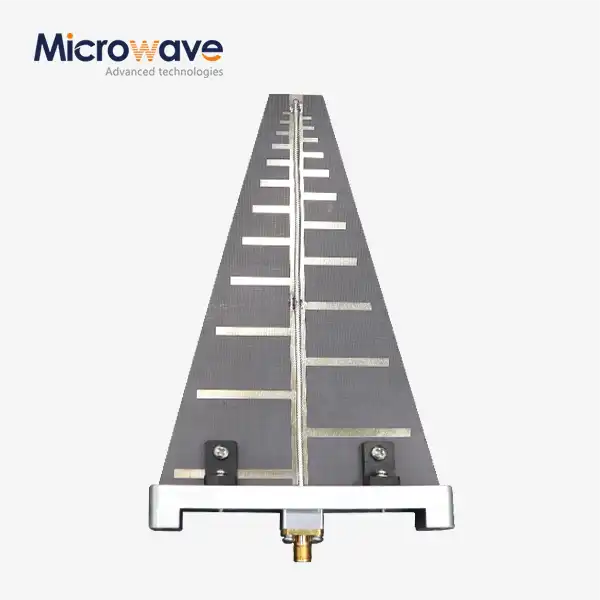 VIEW MORELog Periodic Antenna
VIEW MORELog Periodic Antenna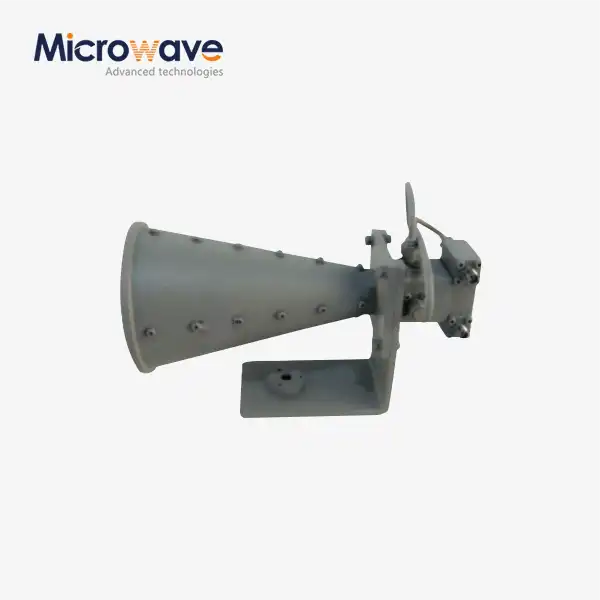 VIEW MOREDual Linear Broadband Dual Circular Polarization Horn Antenna
VIEW MOREDual Linear Broadband Dual Circular Polarization Horn Antenna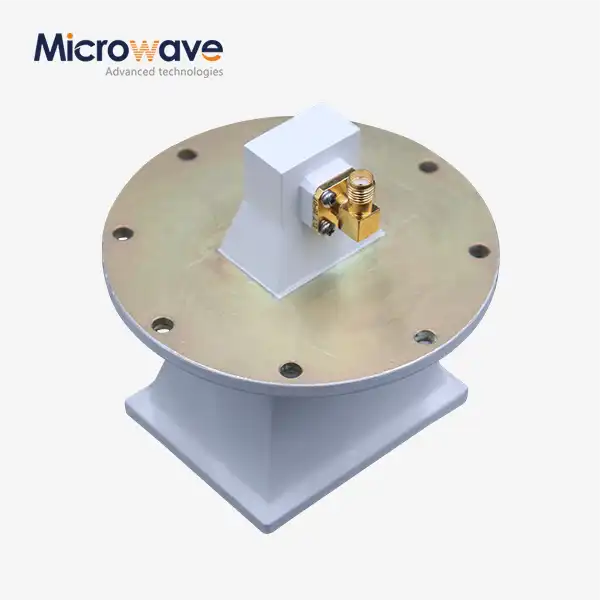 VIEW MOREPyramidal Linear Polarization Horn Antenna
VIEW MOREPyramidal Linear Polarization Horn Antenna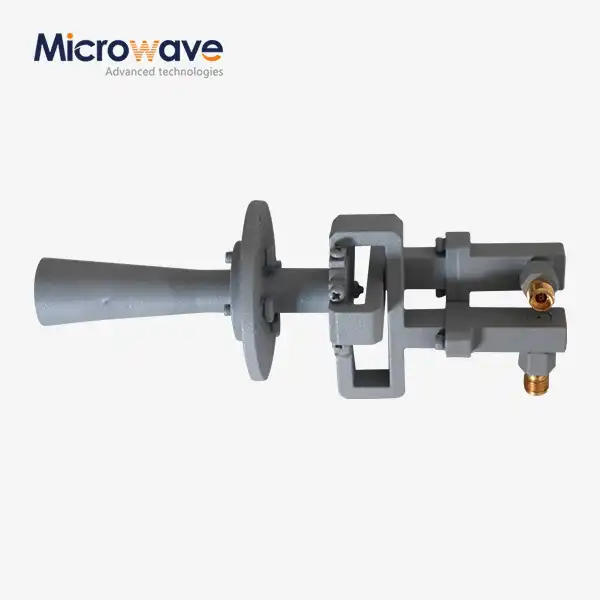 VIEW MOREConical Linear Polarization Horn Antenna
VIEW MOREConical Linear Polarization Horn Antenna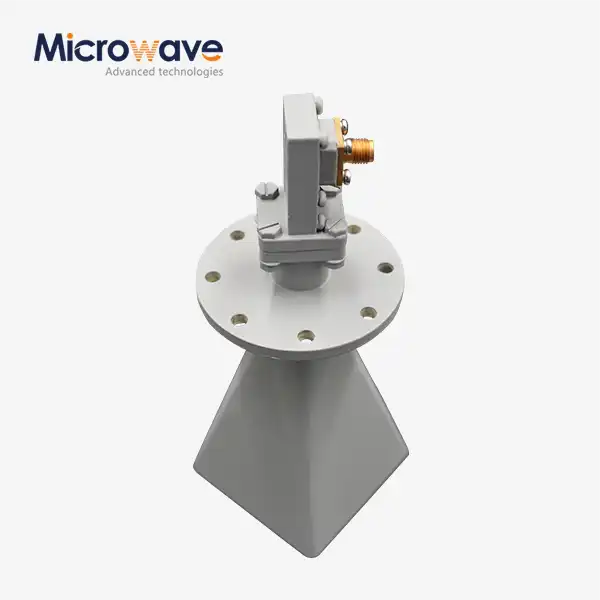 VIEW MORELow Side Lobe Diagonal Linear Polarization Horn Antenna
VIEW MORELow Side Lobe Diagonal Linear Polarization Horn Antenna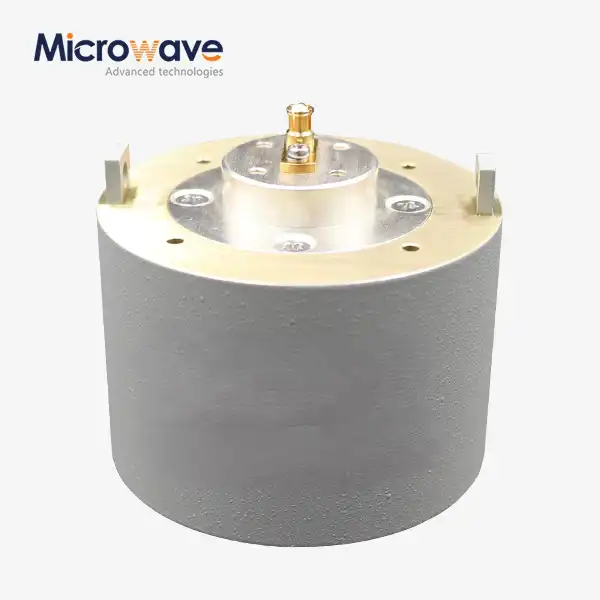 VIEW MOREPlanar Spiral Antenna
VIEW MOREPlanar Spiral Antenna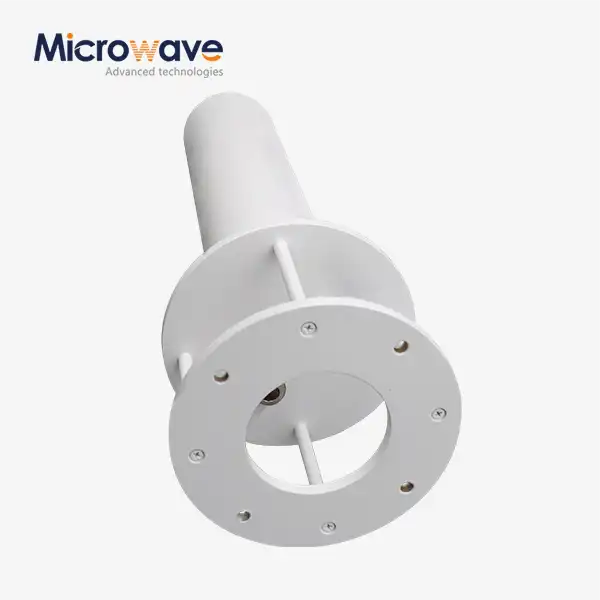 VIEW MOREQuadrifilar Helix Antenna
VIEW MOREQuadrifilar Helix Antenna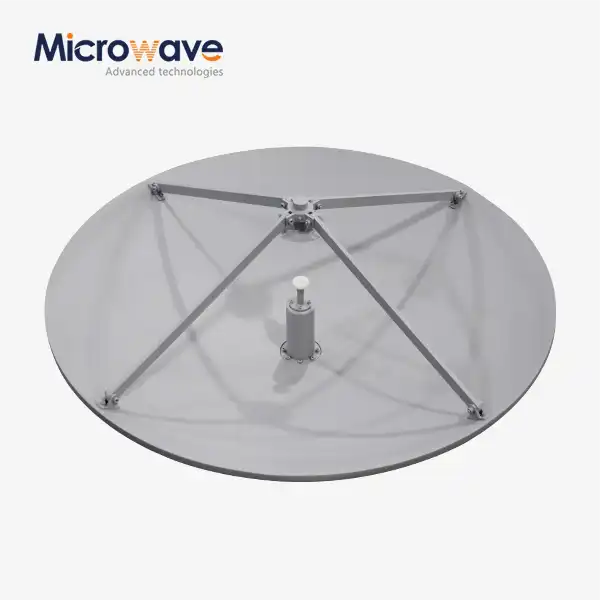 VIEW MORECassegrain Antenna
VIEW MORECassegrain Antenna




